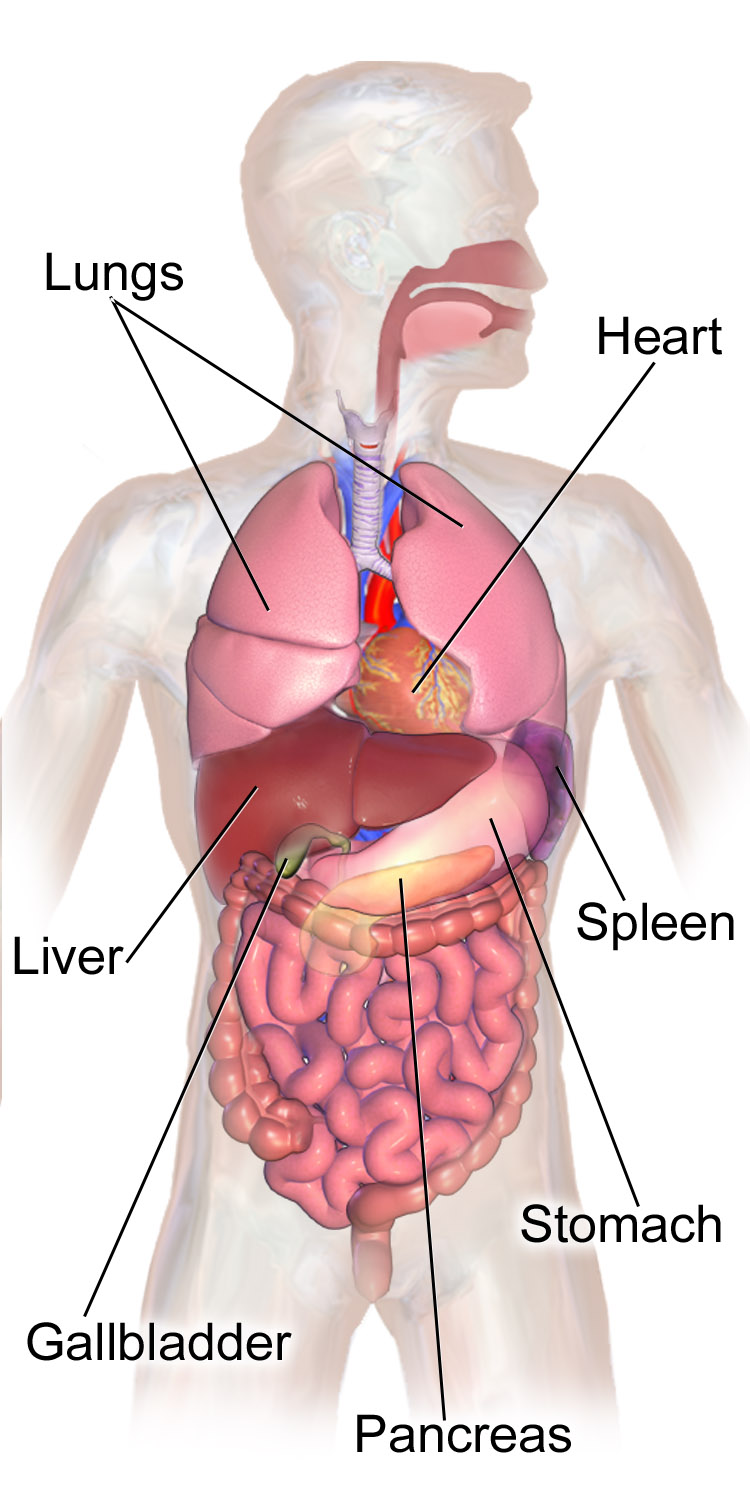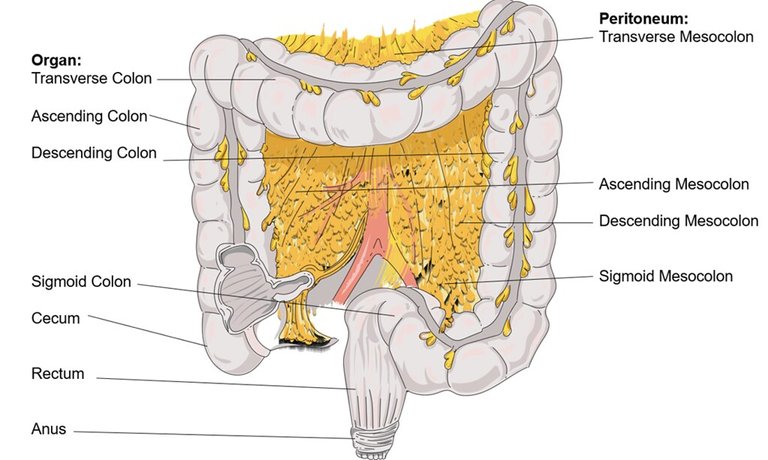Identifying where the Stomach is - A guide to the Anatomy of the Abdomen
Have you ever wondered about the precise location of your stomach within your abdomen? It's a common misconception that the stomach occupies the entirety of the abdominal region. In fact, the stomach is situated in the upper left portion of the abdomen, not encompassing the entire area. In this discussion, we'll unravel the intricacies of abdominal anatomy, providing you with a clearer understanding of the abdominal cavity beyond just the stomach.
To comprehend abdominal anatomy, let's start with the musculoskeletal framework. The thoracic region includes the rib cage, comprising ribs 1 through 10, which are attached to the sternum via cartilages. Below the 10th rib, you'll find the 11th and 12th ribs, lacking the joining cartilages. Our journey into abdominal anatomy involves the use of a nine-region scheme, beginning at the midpoint of the clavicle and descending to the inguinal ligament, referred to as the midclavicular line. From the tubercle of the iliac crest, across the vertebral body, to the other tubercle, lies the intertubercular line. Another region of interest is the subcostal line, a horizontal reference just below the 10th rib cartilage. Additionally, the transpyloric line traverses through the pylorus, further defining the abdominal regions.

Image Credit
At the upper middle of the of the abdomen is the epigastric region, below it is the umbilical region where the belly botton can be found. Below the umbilical region is the hypogastric region, and at the right and left upper side of the abdomen are the right and left hypochondriac region. Towards the right and left side, close to the umbilical region are the right and left lateral as well as lumber region. Towards the pelvis is the right and left inguinal region. This regions help to identify where there are possible pain in the abdomen, such as when a person is feeling pain at the upper middle part of the abdomen, it is referred to as epigastric pain, when pain is felt in the right inguinal region, then it strongly correlate to appendicitis, and so on.
The abdomen is covered by a muscular walls ranging from the rectus abdominus which is a paired strapped muscles which flex the lumber vertebral column and is the anterior wall of the abdomen. The linear alba is the white line that runs down the center of the rectus abdominus. At the base of the abdomen is the pyramidalis which will help to put tension on the linear alba but is missing in about 20% of people.
At the lateral wall of the abdomen are the external oblique which wraps up to the thoracic cavity, and its fibers goes towards the midline, helping it to twist the body when it contracts unilaterally, and flex the lumbar vertebral column when it contracts laterally with the rectus abdominus. Below the external oblique is the internal obique whose fibers are papendicular to the external oblique, and both of them form an aponeurosis that envelopes the rectus abdominus. another muscle wall is the transverse abdominus that goes in a transverse plane and when they contract bilaterally, they compress the abdomen while when they compress unilaterally the help to twist the body. Behind the transverse abdominus is the Quadratus lumborum which is the true back wall of the abdomen.
Upon removing these muscular walls, the internal organs are revealed. The abdominal cavity is separated from the thoracic cavity by the diaphragm, a skeletal muscle resting on the liver. Tissues known as the parietal peritoneum line both the organs and the internal walls of the abdominal cavity. The intestine, in particular, is covered with visceral peritoneum. The greater omentum, linked to the greater curvature of the stomach, is a type of peritoneum. It has a counterpart called the lesser omentum.
Using the quadrant method of dividing the abdomen, the liver is in the upper right quadrant of the abdomen but partially extends to the left upper quadrant. Also, the gall bladder is also in the upper right quadrant of the abdomen. Behind the liver is the right kidney, and the right adrenal gland. The duodenum also partially falls into the right upper quadrant of the abdomen but also projects into the left upper quadrant.
In the left upper quadrant, you'll find the stomach, with the pancreas situated behind it, along with the spleen, left kidney, and left adrenal gland. The lower quadrants house the intestines, spanning both the left and right lower quadrants. Within the intestine, the ascending colon occupies the right lower quadrant, the transverse colon can extend into both the upper and lower quadrants, while the descending colon resides in the left lower quadrant before transitioning into the sigmoid colon.
Notably, the descending aorta is situated on the left side of the abdomen, responsible for delivering oxygen to the lower regions of the body. In contrast, the inferior vena cava is positioned on the right side of the abdomen, responsible for returning deoxygenated blood to the heart.
Understanding abdominal anatomy goes beyond simply pinpointing the location of the stomach. It involves recognizing the various regions and muscles that define the abdomen and appreciating the complex interplay of organs within this vital part of the human body.
Reference
https://open.oregonstate.education/aandp/chapter/7-5-the-thoracic-cage/
https://www.kenhub.com/en/library/anatomy/regions-of-the-abdomen
https://med.libretexts.org
https://www.ncbi.nlm.nih.gov/books/NBK553104/
https://www.ncbi.nlm.nih.gov/books/NBK551653/
https://radiopaedia.org/articles/abdominal-surface-anatomy-2
https://www.ncbi.nlm.nih.gov/pmc/articles/PMC3512278/
https://www.ncbi.nlm.nih.gov/books/NBK534788/
https://www.kenhub.com/en/library/anatomy/right-upper-quadrant
https://www.ncbi.nlm.nih.gov/books/NBK482264/


The stomach was a topic of interest then during my undergraduate days. I usually love that part of anatomy because it's friendly and useful to us. The diagram was very cool to draw. Just a J shape and you're good to go. You actually did well with the anatomy of the stomach as reading through it only makes me remember how focus I was with the stomach then. Thank you
Thanks for your contribution to the STEMsocial community. Feel free to join us on discord to get to know the rest of us!
Please consider delegating to the @stemsocial account (85% of the curation rewards are returned).
Thanks for including @stemsocial as a beneficiary, which gives you stronger support.